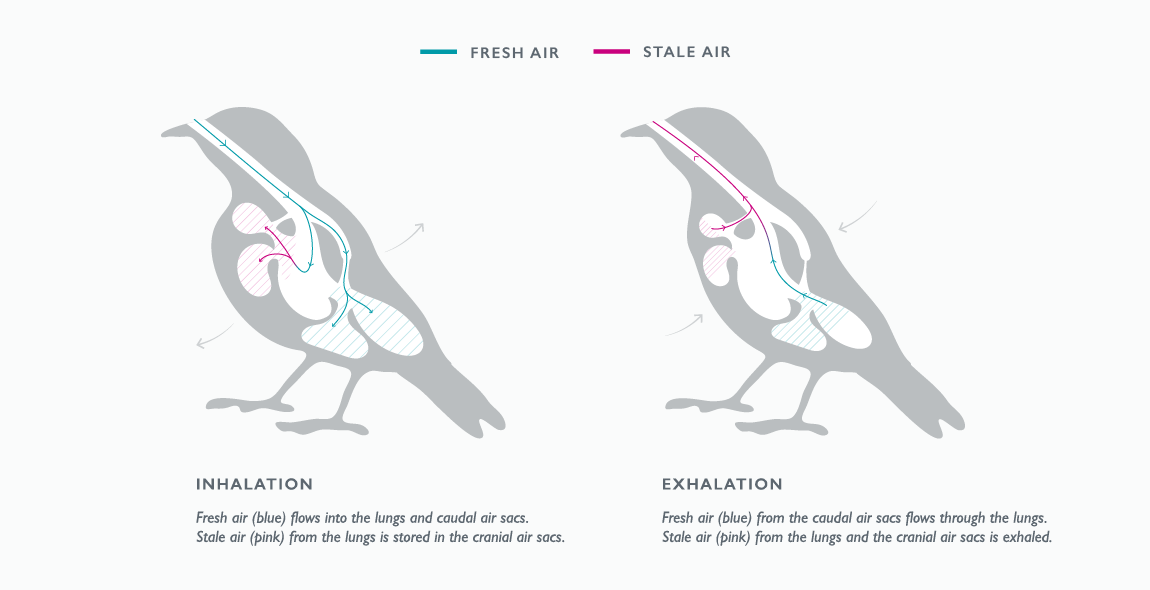Blog:
Innovation culture
I recently met a guy at a party who used to work for MI5. Not a Tom Cruise film, that is, though similar: the British internal security division. Spies! How exciting!... →
For general enquiries please contact us on
+44 1223 248888
enquiries2025@innoviatech.com
St Andrew's House, St Andrew's Road
Cambridge CB4 1DL United Kingdom
FIND US
"Of course, that problem was solved millions of years ago...”
“Of course, that problem was solved millions of years ago”
I often end up wiser after lunch at Innovia than before. Not just because there’s ‘brain food’, like mackerel, on offer, but because of the fascinating things I learn from people from other disciplines. Lunch is free too, and very tasty, so for all these reasons it’s very popular!
Yesterday, we were discussing how CO2 helps regulate breathing – related to why you calm down someone who is hyperventilating by getting them to breathe into a paper bag. Anna, our latest vet (veterinarian, not veteran) steered the conversation towards how birds breathe, and it opened up a whole new vista of learning.
Wait… Innovia has vets? We have three, in fact. Do we do SO much work on animal welfare? Well, we do some pet work, but mostly we employ vets because they know so much cool stuff about different biological approaches to the same problem, as well as being biochemists, medics, and behavioural experts, too. People who know a lot about a lot of different things are just what we love at Innovia!
Anyway, back to the birds: Anna explained that birds’ lungs are designed completely differently from ours. They have two really neat tricks, which makes them much more efficient.
The first trick is that, unlike humans, they manage to get fresh oxygen exchange happening 100% of the time, by having a through-flow pump, like a drive-through McDonald’s. Think about it: our lungs puff in and out, so there are ‘dead’ spots in the cycle, and the new air is mixing with the old air all the time – a McDonalds where you would have to reverse back out through all the incoming cars.
Birds pump air through the lungs using two air sacs, one at the lung entrance, and one at the exit, and the two sacs take it in turns to keep flow going. Their lungs are not dead-ends like ours, but a bundle of thin tubes through which air is pumped in one direction, continuously.
That enables the second trick. Forgive me if this gets nerdy. The air bundle of tubes is intermingled with a blood flow bundle of tubes. The blood flow (collecting the oxygen) and the airflow (supplying it) go in opposite directions – this is called ‘counter-current flow’. This type of flow is much more efficient at exchanging stuff (heat, gases) than if they flow the same way. Think of it this way: if two teams of football (or rugby) players want to shake hands with each other, it’s much quicker if the lines of players walk in opposite directions than along together.
This counter-current flow is now used in engineering systems like heat exchangers and purifiers, but nature invented it millions of years before!

Here’s some more of this amazing learning from birds: birds and arctic mammals also use counter-current heat exchange to cool down and re-heat the blood that goes to and from their cold feet, using an intertwined set of blood vessels. That way they lose less heat from their core to the environment. And don’t feel left out, as ‘inefficient humans’: our kidneys use counter-current flow to concentrate toxins before expelling them.
So, what have I learnt from all this? First, it’s great to mix with people from other disciplines; you learn so much. We call it holistic thinking. Also, it reminds me that most problems have been solved before in some analogous system, you just have to know where.
Anyone want me to throw in your latest problem at lunch tomorrow?

I’m a physicist and co-founder of Innovia, and I’ve been inspired and educated by smart clients and colleagues for over 30 years. I can’t stop innovating, especially at home, and I drive my family nuts.